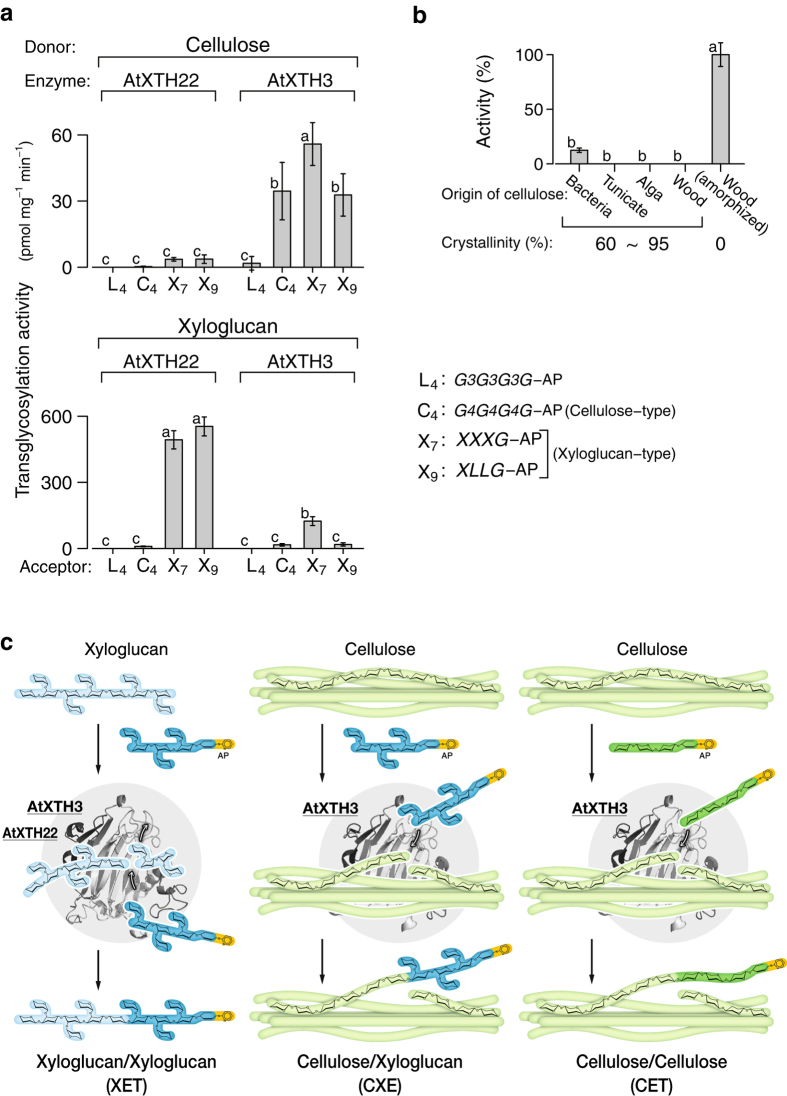Figure 1. Substrate specificity of AtXTH3.
(a) Transglycosylation activity from amorphous cellulose (top) or xyloglucan (bottom) to aminopyridyl (AP) oligosaccharides (L4: laminaritetraose; C4: cellotetraose; X7: xyloglucan-heptasaccharide, XXXG; X9: xyloglucan-nonasaccharide, XLLG). (b) Comparison of the donor substrate preference during AtXTH3-mediated endotransglucosylation of cellulose preparations of different crystallinity. X7 was used as the acceptor substrate. In (a) and (b), the data are presented as the mean ± s.d. from three independent experiments, and different letters denote significant differences as determined by Tukey’s test (p < 0.05). (c) Schematic representations of the types of transglycosylation activity of AtXTH3 and AtXTH22: (left) xyloglucan endotransglucosylase, XET, which mediates transglycosylation between xyloglucan and xyloglucan oligosaccharides; (middle) cellulose:xyloglucan endotransglucosylase, CXE, which mediates transglycosylation between cellulose and xyloglucan oligosaccharides; (right) cellulose endotransglucosylase, CET, which mediates transglycosylation between cellulose and cello-oligosaccharide.

